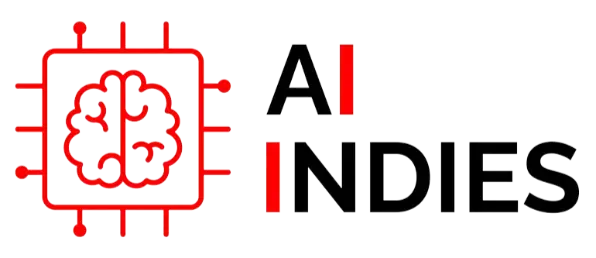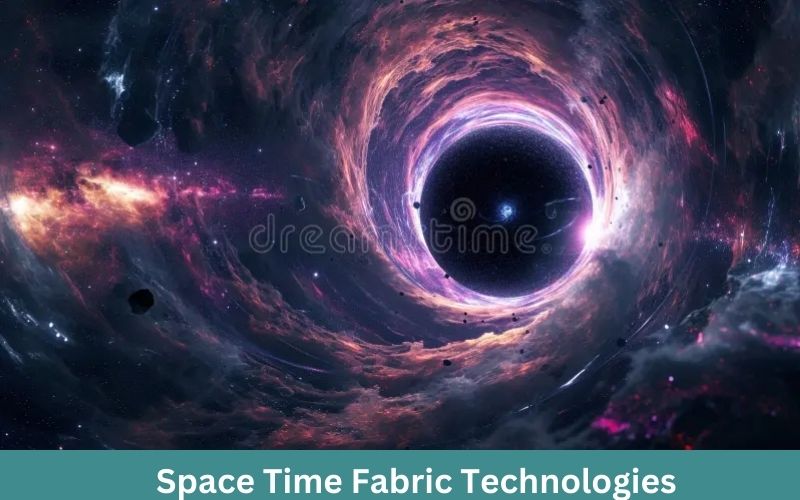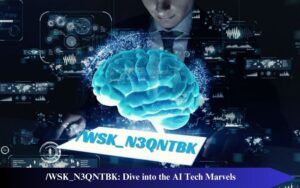Imagine a world where distances are mere stepping stones and time is a malleable resource. This is the vision that drives scientists and engineers to explore the uncharted territories of space-time fabric technologies. By manipulating the fundamental properties of the universe, researchers are on the cusp of breakthroughs that could reshape our understanding of reality and revolutionize our future.
1. The Fabric of Reality: Understanding Space-Time
At the heart of these technologies lies the concept of space-time, the four-dimensional continuum that defines our universe. According to Einstein’s theory of relativity, space and time are interconnected and can be warped or curved. By manipulating this fabric, scientists believe it’s possible to achieve incredible feats that were once confined to the realm of science fiction.
2. Faster-Than-Light Travel: A Warp Drive Reality?
One of the most tantalizing prospects of space-time fabric technologies is the possibility of faster-than-light travel. While current understanding of physics suggests that exceeding the speed of light is impossible, scientists are exploring theoretical concepts like warp drives. By creating a bubble of warped space-time around a spacecraft, it might be possible to traverse vast distances in a fraction of the time.
3. Time Travel: A Journey Through Time?
Time travel has long captivated our imaginations, and space-time fabric technologies offer intriguing possibilities. While the concept remains highly speculative, some theories suggest that by manipulating the curvature of space-time, it might be possible to create wormholes that could connect different points in time. However, the implications of time travel are profound, raising questions about causality, paradoxes, and the nature of reality.
4. Wormholes: Shortcuts Through the Cosmos
Wormholes are hypothetical tunnels that could connect distant regions of the universe or even different universes. If they exist, they could provide shortcuts that would make interstellar travel feasible. Scientists are exploring various theoretical models to understand the properties of wormholes and the potential challenges associated with their creation and traversal.
5. Gravitational Waves: A New Window to the Universe
Gravitational waves, ripples in the fabric of space-time caused by massive cosmic events, have been detected for the first time. These waves provide a new way to observe the universe, offering insights into black holes, neutron stars, and the early universe. By studying gravitational waves, scientists hope to gain a deeper understanding of the fundamental nature of space-time and the laws that govern it.
6. Challenges and Limitations
While the potential of space-time fabric technologies is immense, there are significant challenges to overcome. Many of these concepts are highly theoretical and require further research and development. Additionally, the energy requirements for manipulating space-time on a large scale are staggering, far beyond our current capabilities.
Experimental Approaches
- Large Hadron Collider (LHC): The LHC is a powerful particle accelerator that can create conditions similar to those that existed shortly after the Big Bang. By studying the behavior of particles at these extreme energies, scientists hope to gain insights into the fundamental nature of space-time and gravity.
- Gravitational Wave Observatories: Advanced gravitational wave detectors like LIGO and Virgo are continuously improving their sensitivity, allowing for the detection of fainter and more distant gravitational wave sources. This will provide valuable data on the dynamics of space-time and the behavior of massive objects.
Ethical Considerations
- Time Travel Paradoxes: If time travel becomes possible, it raises profound ethical questions about the potential for paradoxes and the implications for free will.
- Interstellar Colonization: The development of faster-than-light travel or wormholes could enable interstellar colonization, but it also raises ethical concerns about the potential impact on alien civilizations and the preservation of our own planet.
Societal Implications
- Economic and Technological Advances: Breakthroughs in space-time fabric technologies could lead to significant economic and technological advancements, revolutionizing fields like transportation, communication, and energy production.
- Cultural and Philosophical Shifts: The ability to manipulate space-time could fundamentally alter our understanding of the universe and our place within it, potentially leading to significant cultural and philosophical shifts.
Dark Matter and Dark Energy
- Mysterious Forces: Dark matter and dark energy, which make up the majority of the universe’s mass and energy, could influence the curvature and properties of space-time in ways we don’t yet fully understand.
- Experimental Investigations: Scientists are actively searching for evidence of dark matter and dark energy to shed light on their nature and potential effects on space-time fabric.
Conclusion
Space-time fabric technologies represent a frontier of scientific exploration, pushing the boundaries of our understanding of the universe. As researchers continue to delve into these concepts, we can anticipate groundbreaking discoveries that could reshape our future. By harnessing the power of space-time, we may one day unlock the secrets of the cosmos and embark on interstellar journeys that were once unimaginable.




